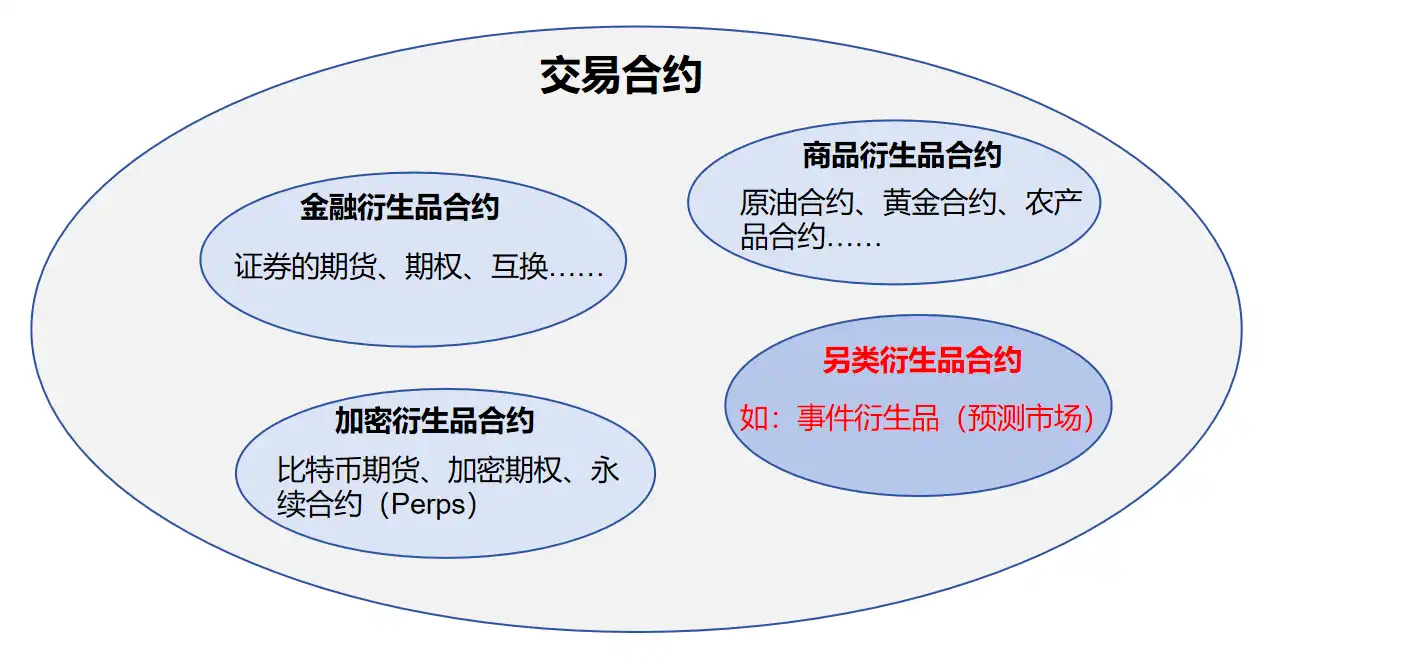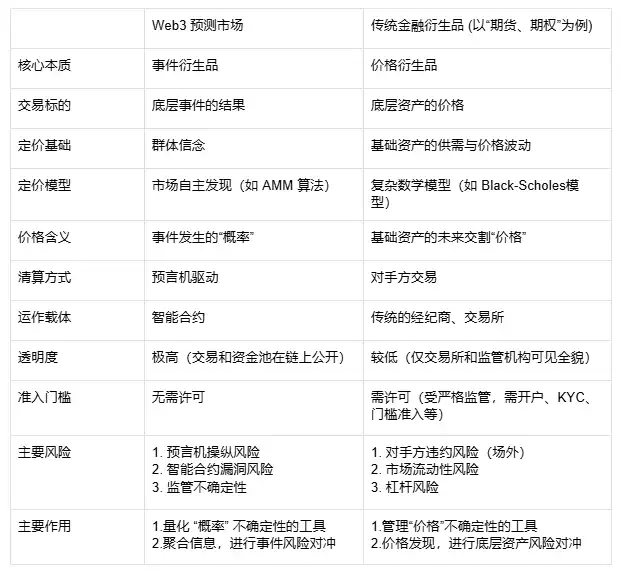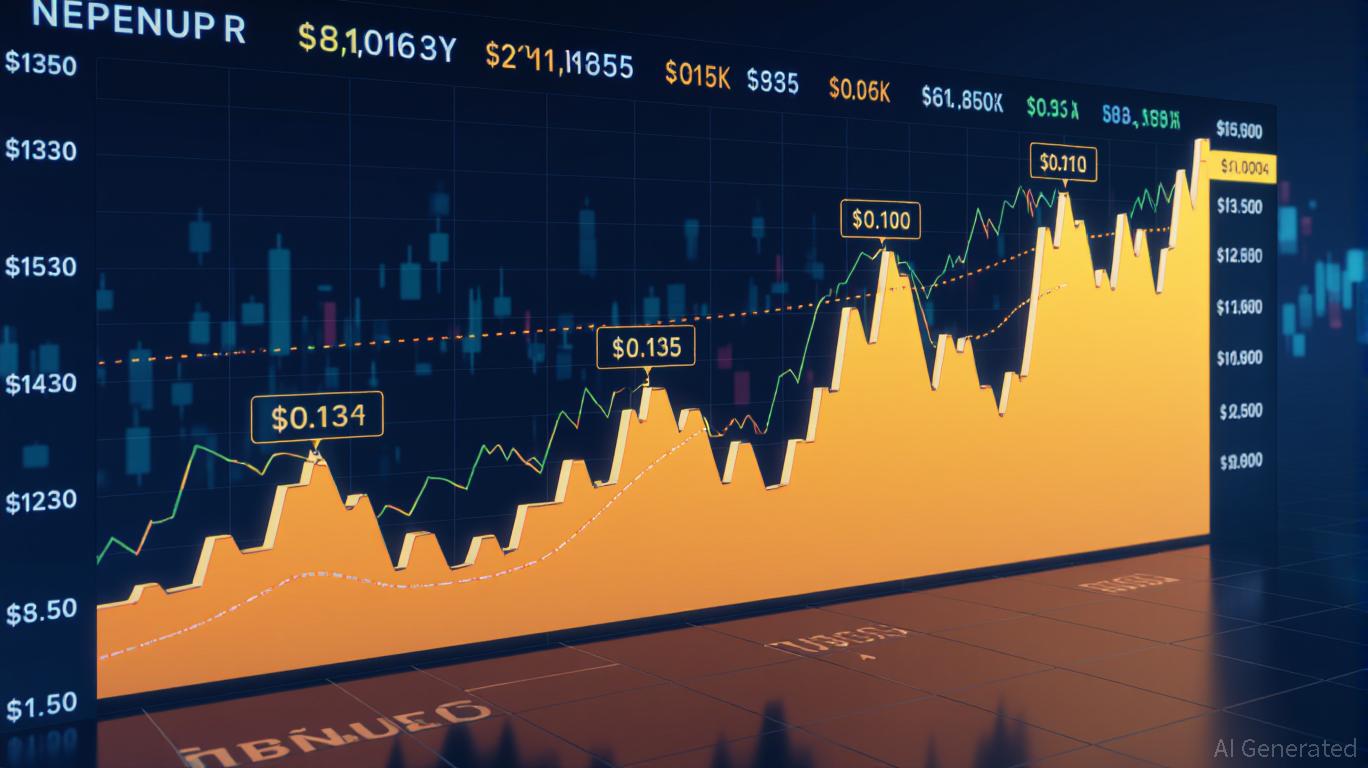$2 Billion "Prediction Game": Is the Forecasting Market Approaching a "Turning Point" Moment?
Deeply analyze the underlying logic and core value of the prediction market, and make an initial assessment of the core dilemma it faces and the direction of its development.
Original Article Title: "Bitget Wallet Research: The $20 Billion "Probability Game": Is the Prediction Market Welcoming a "Singularity" Moment?"
Original Source: Bitget Wallet Research
Introduction
From the whimsical chatter of "Will Zelensky Wear a Suit" to the global focus on the U.S. election and Nobel Prize winners, the prediction market always seems to periodically "catch fire." However, since 2025Q3, a true storm seems to be brewing:
In early September, industry giant Polymarket received regulatory approval from the U.S. CFTC to re-enter the U.S. market after three years;
In early October, NYSE parent company ICE proposed to invest up to $20 billion in Polymarket;
In mid-October, the weekly trading volume of the prediction market hit a historic high of $20 billion.
With a wave of capital, regulatory opening, and market frenzy coinciding, there are rumors of the listing of the Polymarket token—where did this surge come from? Is it just another short-lived hype, or is it a "value singularity" in a brand-new financial track? Bitget Wallet Research will take you deep into this article to analyze the underlying logic and core value of the prediction market and make an initial judgment on its core dilemmas and development direction.
I. From "Dispersed Knowledge" to "Duopoly": The Evolutionary Path of the Prediction Market
The prediction market is not unique to the crypto world; its theoretical foundation can even be traced back to 1945. Economist Hayek proposed in his classic discourse:
Dispersed, local "dispersed knowledge" can be effectively aggregated by the market through the price mechanism. This idea is considered to have laid the theoretical foundation of the prediction market.
In 1988, the University of Iowa in the U.S. initiated the first academic prediction platform—the Iowa Electronic Markets (IEM), which allowed users to trade futures contracts on real-world events (such as presidential elections). In the following decades, extensive research generally confirmed that a well-designed prediction market often outperforms traditional opinion polls in accuracy.
However, with the emergence of blockchain technology, this niche tool found a new scalable landing ground. The transparency, decentralization, and global access characteristics of blockchain have provided the prediction market with nearly perfect infrastructure: through smart contracts for automatic settlement, it can break through the access barriers of traditional finance, allowing anyone globally to participate, thereby greatly expanding the breadth and depth of "aggregated information." The prediction market has gradually transformed from a niche gambling tool to a powerful on-chain financial sector, beginning to integrate deeply with the "crypto market."

Data Source: Dune
Data from the Dune platform vividly confirms this trend. On-chain data shows that the current crypto prediction market has exhibited a highly monopolistic "duopoly" pattern: Polymarket and Kalshi, the two giants, have captured over 95% of the market share. Stimulated by both capital and regulatory tailwinds, this track is being activated as a whole. In mid-October, the weekly trading volume of the prediction market surpassed $2 billion, surpassing the previous pre-2024 U.S. election historical peak. In this round of explosive growth, Polymarket, with its key regulatory breakthroughs and potential token expectations, temporarily holds a slight advantage in the fierce competition with Kalshi, further solidifying its leading position.
II. "Event Derivatives": Beyond Gambling, Why Is Wall Street Betting?
To understand why ICE made a heavy investment in Polymarket, one must strip away the "gambling" facade of the prediction market and see the core of its "financial instrument." The essence of the prediction market is an alternative type of trading contract, belonging to a category of "Event Derivatives."

This is different from the familiar "price derivatives" such as futures and options. The underlying asset of the latter is the future price of assets (such as oil or stocks), while the former's underlying asset is the future outcome of a specific "event" (such as an election or climate). Therefore, the price of its contract represents the market's collective consensus on the "probability of event occurrence," not the asset's value.
Under the blessing of Web3, this difference is further amplified. Traditional derivatives rely on complex mathematical models like Black-Scholes for pricing and clear through brokers and centralized exchanges; whereas on-chain prediction markets execute automatically through smart contracts, rely on oracles for settlement, and have pricing (such as AMM algorithms) and pools completely transparent on-chain. This significantly lowers the entry barrier but also brings new risks (like oracle manipulation and contract vulnerabilities), contrasting sharply with traditional finance's counterparty and leverage risks.

Prediction Market vs Traditional Financial Derivatives Comparison Table
This unique mechanism is at the core of its attraction to mainstream financial institutions. It provides a triple-core value that traditional markets cannot reach, which is also the key focus of giants like ICE:
Firstly, it is an advanced "information aggregator" that reshapes the landscape of information equity. In today's world where AI-generated content, fake news, and information silos abound, the "truth" has become expensive and hard to discern. The prediction market provides a radical solution to this: truth is not defined by authorities or media but is "auctioned" by a decentralized, economically incentivized market. It responds to the growing distrust in traditional sources of information, especially among the younger generation, providing an alternative source of information that implements a "money-voting" system and is more honest. More importantly, this mechanism goes beyond traditional "information aggregation" itself, achieving real-time pricing of "truth," creating a highly valuable "real-time sentiment indicator," and ultimately achieving information equity across all dimensions.
Secondly, it commodifies the "information gap" itself, opening up a whole new investment track. In traditional finance, investment targets are ownership certificates such as stocks and bonds. The prediction market has created a new tradable asset—"event contracts." This essentially allows investors to directly transform their beliefs about the future or their information advantage into tradable financial instruments. For professional information analysts, quantitative funds, or even AI models, this represents an unprecedented dimension of profit. They no longer need to indirectly express their views through complex secondary market operations (such as longing/shorting related company stocks) but can directly "invest" in the event itself. The significant trading potential of this new asset class is a key interest point for exchange operators like ICE.
Lastly, it has created a "hedge everything" risk management market, greatly expanding the boundaries of finance. Traditional financial tools struggle to hedge the uncertainty of an "event" itself. For example, how can a shipping company hedge the geopolitical risk of "whether the canal will be closed"? How can a farmer hedge the climate risk of "whether the rainfall will be less than X millimeters in the next 90 days"? The prediction market provides a perfect solution for this. It allows participants from these real-world entities to transform abstract "event risks" into standardized tradable contracts for precise risk hedging. This is akin to opening up a brand-new "insurance" market for the real economy, providing a new entry point for finance to empower the real economy, with potential far beyond imagination.
But in any case, a new era combining information, finance, and technology has begun. As top-tier traditional capital intensifies its focus on this racetrack, the leverage it will exert will far exceed a weekly trading volume of 20 billion US dollars. This may well be a true "singularity" moment — it heralds a new asset class (the pricing power of "belief" and "future") being embraced by the mainstream financial system.
Disclaimer: The content of this article solely reflects the author's opinion and does not represent the platform in any capacity. This article is not intended to serve as a reference for making investment decisions.
You may also like
Bitcoin Experiences Steep Drop: What Causes the Sudden Sell-Off?
- Bitcoin plummeted 30% in November 2025, erasing $1 trillion in market cap amid macroeconomic pressures and institutional profit-taking. - Central bank uncertainty (Fed, ECB) and leveraged liquidations amplified the selloff, with ETF outflows exceeding $3.79 billion. - Bitcoin's 0.90 correlation with the S&P 500 highlighted its shift from "digital gold" to risk-on asset, contrasting gold's 55% surge. - On-chain metrics revealed structural weaknesses: hash rate declines, miner revenue drops, and divergent

PENGU USDT Sell Alert and Stablecoin Price Fluctuations: Evaluating Algorithmic Dangers Amid Changing Cryptocurrency Markets
- PENGU USDT's 2025 volatility reignited debates on algorithmic stablecoin fragility amid regulatory uncertainty and post-UST market skepticism. - Technical analysis showed conflicting signals: overbought MFI vs bearish RSI divergence, with critical support/resistance levels at $0.010-$0.013. - $66.6M team wallet outflows and 32% open interest growth highlighted liquidity risks, while UST's collapse legacy exposed algorithmic design flaws. - Investors increasingly favor fiat-backed alternatives like USDC ,

HYPE Token Experiences Rapid Growth in December 2025: Evaluating Authenticity and Investment Opportunities Amidst an Unstable Post-ETF Cryptocurrency Landscape
- HYPE token surged in Dec 2025 amid post-Bitcoin ETF crypto optimism , raising questions about its investment legitimacy. - Hyperliquid's 72.7% decentralized trading volume share and $106M monthly revenue highlight its DeFi infrastructure strength. - Institutional backing from Paradigm and a $1B DAT fund signals confidence, though major exchange listings remain pending. - Price volatility, token unlocks, and mixed expert opinions underscore risks, with potential $53–$71 targets contingent on market condit
LUNA Falls by 5.77% Over 24 Hours Despite Fluctuating Medium-Term Performance
- LUNA fell 5.77% in 24 hours to $0.1512, but rose 47.52% in 7 days and 105.96% in 30 days. - However, it still faces a 64.14% annual loss, highlighting crypto market volatility and long-term risks for investors. - The price swing reflects sensitivity to macroeconomic shifts and sentiment, with analysts noting ongoing uncertainty in forecasts. - Investors are weighing recent resilience against regulatory challenges and institutional behavior shifts, monitoring if the drop signals a bearish trend or tempora

